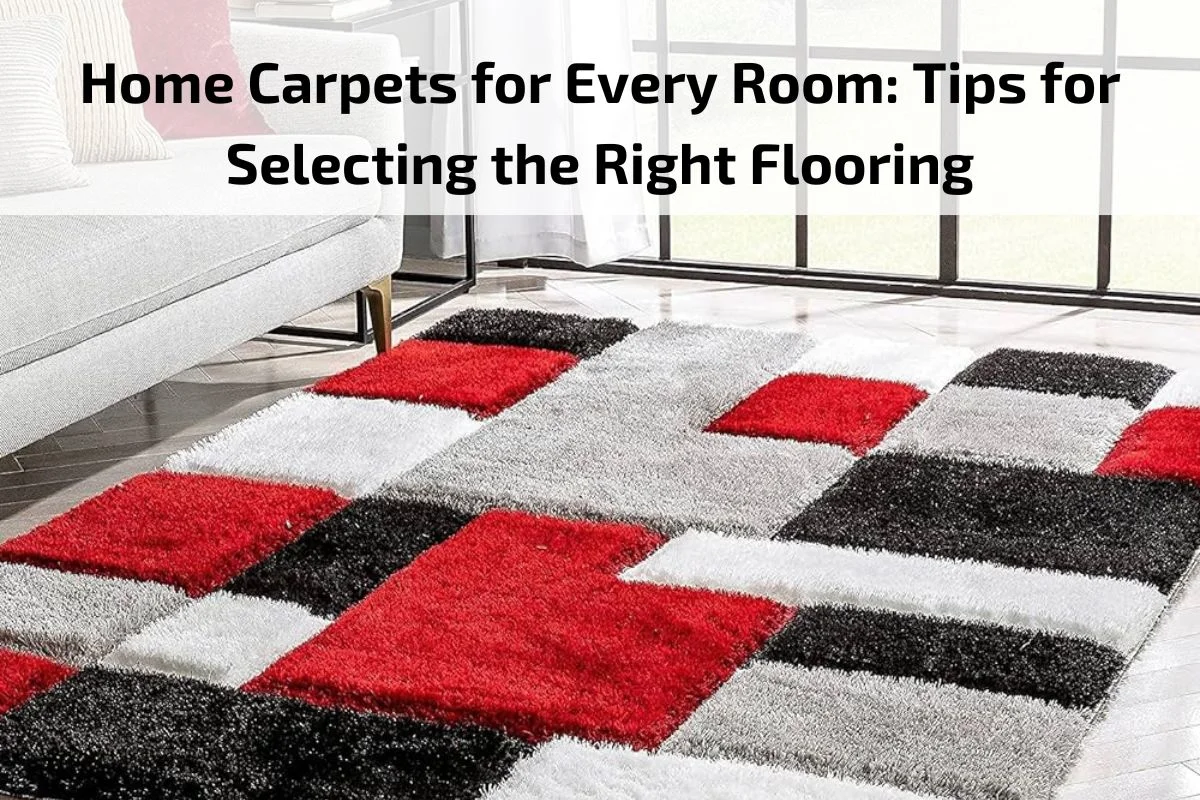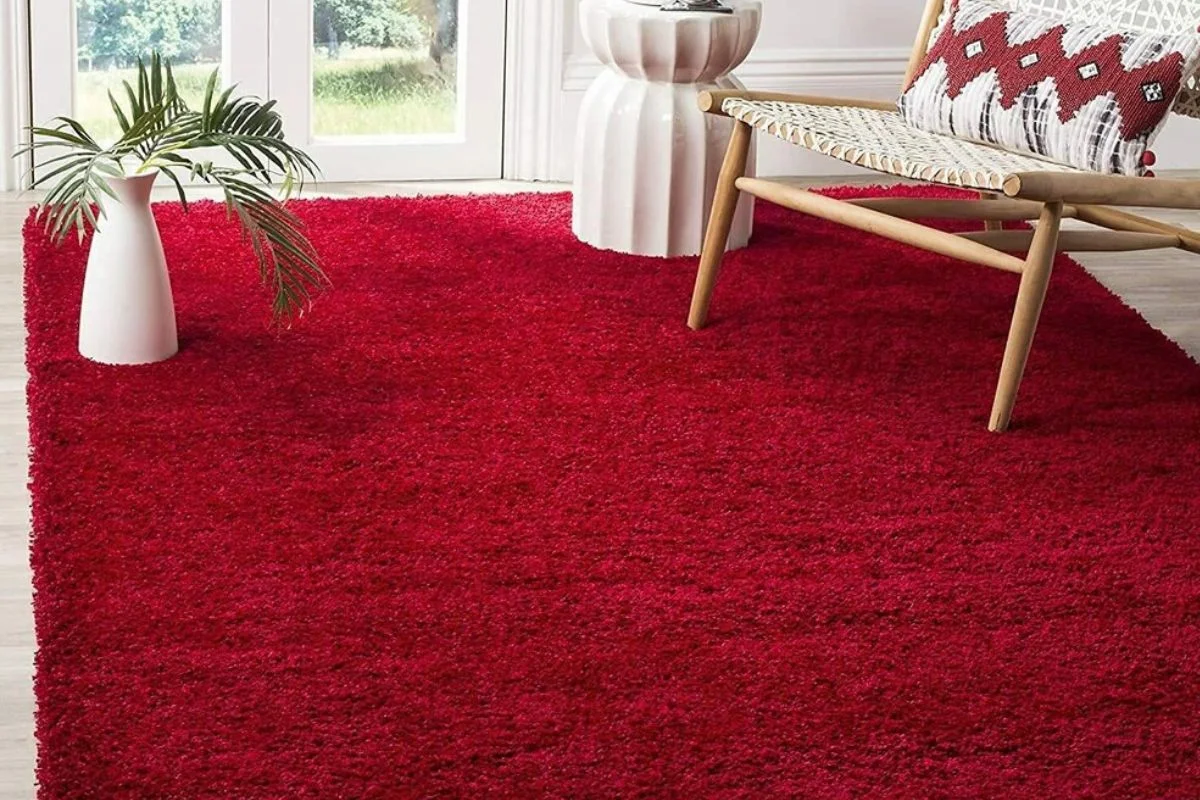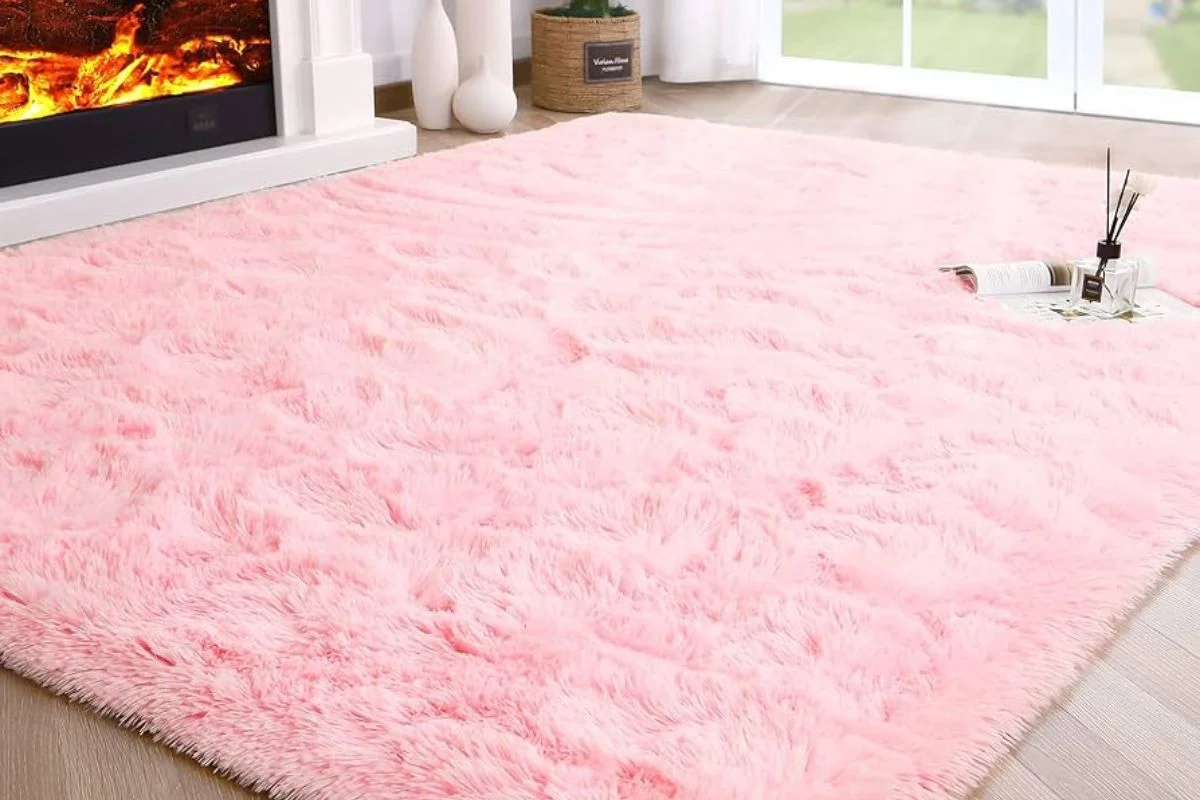
Choosing the right carpet for your home is an important decision that can significantly impact the look, feel, and functionality of each room. From providing warmth and comfort underfoot to adding style and personality to your space, home carpets play a crucial role in creating a cozy and inviting atmosphere. However, with a wide variety of options available, selecting the perfect flooring for every room can be a daunting task.
In this guide, we’ll provide you with valuable tips and insights to help you navigate the process of choosing home carpets for every room in your house. Whether you’re updating the flooring in your living room, bedroom, kitchen, or hallway, we’ll cover important factors such as material, style, durability, and maintenance. By understanding the unique needs and considerations of each room, you’ll be equipped to make informed decisions that suit your lifestyle, aesthetic preferences, and budget.
Join us as we explore the world of home carpets and discover how to select the right flooring for every space in your home. With the right guidance and expertise, you can transform your rooms into stylish, comfortable, and functional living spaces that reflect your personal taste and enhance your daily life.
Brief overview of the importance of home carpets
The importance of home carpets lies in their multifaceted role in enhancing comfort, aesthetics, and functionality within residential spaces. Here’s a brief overview:
Comfort and Warmth: Home carpets provide a soft and cushioned surface underfoot, offering warmth and comfort, especially in colder climates. They create a cozy atmosphere, inviting relaxation and enjoyment in various areas of the home.
Sound Insulation: Carpets help absorb sound and reduce noise transmission between floors, making them ideal for creating quieter and more peaceful living environments. This is particularly beneficial in homes with multiple levels or shared living spaces.
Aesthetic Enhancement: Carpets contribute to the overall design and ambiance of a room, adding texture, color, and visual interest. They can complement existing decor styles or serve as a focal point, allowing homeowners to express their personal taste and style preferences.
Safety Features: Carpets offer safety benefits, such as slip resistance, which can help prevent accidents and injuries, especially in high-traffic areas or homes with young children or elderly residents. Additionally, carpets provide a softer landing surface in the event of falls.
Insulation: Carpets act as thermal insulators, helping to retain heat in the winter and maintain cooler temperatures in the summer. This can result in energy savings by reducing the need for heating and cooling, ultimately contributing to a more sustainable and cost-effective home environment.
The Benefits of Home Carpets
Comfort and Warmth: Home carpets provide a soft and comfortable surface underfoot, offering warmth and insulation, especially in colder climates. They create a cozy atmosphere, making rooms feel inviting and comfortable for relaxation and everyday living.
Noise Reduction: Carpets help absorb sound and reduce noise transmission between floors, making them ideal for creating quieter living environments. This is especially beneficial in homes with multiple levels or shared living spaces, as carpets can minimize the disturbance caused by footsteps and other household noises.
Safety and Slip Resistance: Carpets offer a level of slip resistance, providing a safer surface for walking, particularly for young children, elderly individuals, and those with mobility issues. The cushioning effect of carpets also reduces the impact in case of accidental falls, potentially preventing injuries.
Aesthetic Enhancement: Carpets come in a wide range of colors, patterns, and textures, allowing homeowners to enhance the visual appeal of their living spaces. They can complement existing décor styles or serve as a focal point, adding character and personality to rooms.
Versatility: Carpets can be installed in virtually any room in the house, including living rooms, bedrooms, hallways, and stairs. They can also be customized to fit specific areas or design preferences, offering flexibility in interior design.
Insulation: Carpets act as thermal insulators, helping to retain heat in the winter and maintain cooler temperatures in the summer. This can result in energy savings by reducing the need for heating and cooling, ultimately contributing to a more comfortable and cost-effective home environment.
Durability and Longevity: With proper care and maintenance, carpets can be long-lasting investments in the home. Modern carpet materials are designed to withstand heavy foot traffic and resist staining, fading, and wear, ensuring years of enjoyment and use.
Health Benefits: Carpets can trap allergens and airborne particles, preventing them from circulating in the air and improving indoor air quality. Regular vacuuming and professional cleaning can help remove these contaminants, creating a healthier living environment for occupants.
Types of Home Carpets
Cut Pile Carpets: Cut pile carpets are made by cutting the loops of yarn at the top of the carpet, creating a soft and plush surface. They come in various styles, including:
- Plush: Dense and luxurious, plush carpets have a smooth, even surface that adds elegance to any room.
- Saxony: Similar to plush carpets but with longer fibers that create a more textured appearance.
- Frieze: Also known as shag or twist carpets, frieze carpets have tightly twisted fibers that give them a casual and modern look.
Loop Pile Carpets: Loop pile carpets are made by weaving the yarn into loops, creating a durable and low-maintenance surface. Some common types include:
- Berber: Berber carpets feature a loop pile construction with flecks of color throughout, offering a casual and rustic appearance.
- Level Loop: In level loop carpets, the loops are all the same height, creating a uniform and smooth surface.
- Multi-Level Loop: Multi-level loop carpets have loops of varying heights, creating a textured surface with visual interest.
Cut and Loop Pile Carpets: Cut and loop pile carpets combine both cut and looped fibers to create unique patterns and textures. This type of carpet offers versatility and can hide dirt and footprints well. Examples include:
- Patterned: Patterned carpets feature a combination of cut and looped fibers arranged in intricate designs, such as floral motifs or geometric patterns.
- Textured: Textured carpets have a combination of cut and looped fibers that create a textured surface, providing a casual and relaxed look.
Natural Fiber Carpets: Natural fiber carpets are made from renewable materials such as wool, sisal, jute, or seagrass. These carpets offer a natural and eco-friendly option for homeowners and come in a variety of textures and colors.
Synthetic Carpets: Synthetic carpets are made from man-made materials such as nylon, polyester, or polypropylene. They are durable, stain-resistant, and come in a wide range of styles and colors, making them a popular choice for high-traffic areas in the home.
Choosing the Right Home Carpet for Each Room
Choosing the right home carpet for each room involves considering various factors such as the room’s function, traffic levels, style preferences, and maintenance requirements. Here’s a guide to help you select the best carpet for different rooms in your home:
Living Room:
- Consider a durable and stain-resistant carpet, especially if you entertain frequently or have children and pets.
- Opt for a plush or saxony style for a luxurious feel, or choose a textured or patterned carpet to add visual interest.
- Neutral colors like beige, taupe, or gray are versatile options that complement a range of décor styles.
Bedroom:
- Comfort and softness are key considerations for bedroom carpets. Choose a plush or frieze carpet for a cozy feel underfoot.
- Consider a thicker pile height for added comfort, especially if you prefer to walk barefoot in the bedroom.
- Warm and soothing colors like soft blues, greens, or pastels can create a relaxing atmosphere conducive to sleep.
Kitchen:
- In the kitchen, practicality and ease of cleaning are important factors to consider. Opt for a carpet with stain-resistant properties or choose a washable rug.
- Consider carpet tiles or area rugs that can be easily removed for cleaning or replaced if damaged.
- Choose colors and patterns that complement your kitchen décor while hiding spills and stains effectively.
Hallways and Stairs:
- High-traffic areas like hallways and stairs require a durable and resilient carpet that can withstand heavy use.
- Consider loop pile or berber carpets, which are known for their durability and resistance to matting and wear.
- Darker colors or patterned carpets can help conceal dirt and foot traffic in these areas.
Home Office or Study:
- In home offices or studies, consider factors such as comfort, noise reduction, and durability.
- Opt for a low-pile carpet or carpet tiles that allow for easy movement of office chairs and furniture.
- Neutral colors like gray or beige can create a professional and conducive work environment.
Maintenance and Care Tips
Maintaining and caring for your home carpet is essential to preserve its appearance, longevity, and functionality. Here are some maintenance and care tips to keep your carpet looking its best:
Regular Vacuuming: Vacuum your carpet at least once a week, or more frequently in high-traffic areas, to remove dirt, dust, and debris. Use a vacuum cleaner with adjustable height settings to ensure effective cleaning without damaging the carpet fibers.
Immediate Stain Removal: Address spills and stains promptly to prevent them from setting into the carpet fibers. Blot up liquid spills with a clean, white cloth, and use a mild detergent or carpet stain remover to treat stains. Avoid rubbing the stain, as this can spread it further and damage the carpet pile.
Professional Cleaning: Schedule professional carpet cleaning at least once a year, or as needed, to deep clean and remove embedded dirt and stains. Professional steam cleaning, also known as hot water extraction, is recommended for most carpet types and can help extend the life of your carpet.
Protective Measures: Place mats or rugs at entryways and high-traffic areas to trap dirt and moisture and prevent it from being tracked onto the carpet. Use furniture coasters or pads under heavy furniture legs to prevent indentations and protect the carpet fibers.
Regular Rotation: Rotate furniture and area rugs periodically to prevent uneven wear and fading in high-traffic areas. This helps distribute foot traffic and sunlight exposure more evenly across the carpet surface.
Spot Testing: Before using any carpet cleaning products or solutions, always spot test in an inconspicuous area to ensure compatibility and prevent damage to the carpet fibers or colorfastness.
Proper Ventilation: Maintain proper ventilation in your home to prevent moisture buildup, which can lead to mold and mildew growth in carpets. Use dehumidifiers in humid environments and ensure adequate airflow to promote drying.
Trimming Loose Fibers: Trim loose fibers or snags with scissors to prevent them from becoming longer and potentially causing damage to the carpet pile.
Conclusion
In conclusion, maintaining and caring for your home carpet is crucial to preserving its appearance, functionality, and longevity. By following the maintenance and care tips outlined in this guide, you can ensure that your carpet remains clean, fresh, and comfortable for years to come. From regular vacuuming and immediate stain removal to professional cleaning and protective measures, each step plays a vital role in keeping your carpet looking its best and contributing to a healthy indoor environment.




